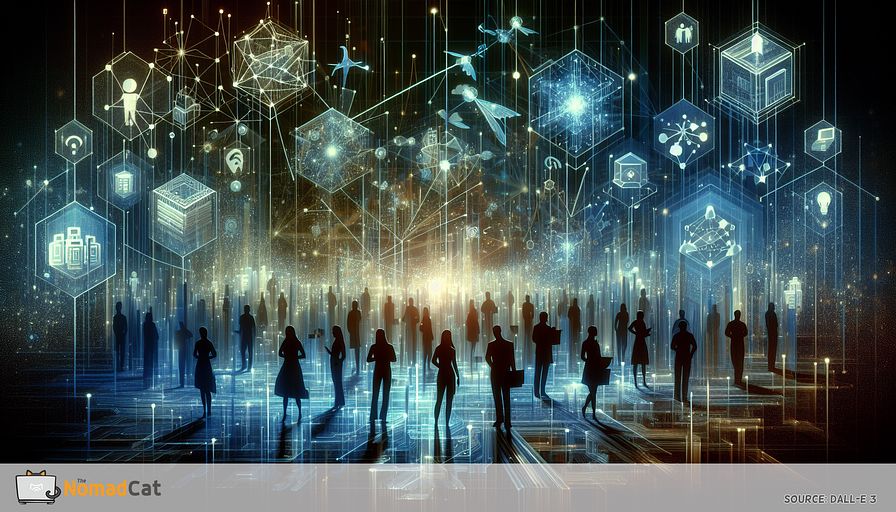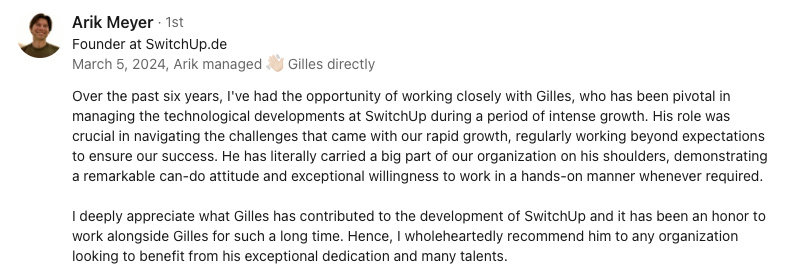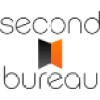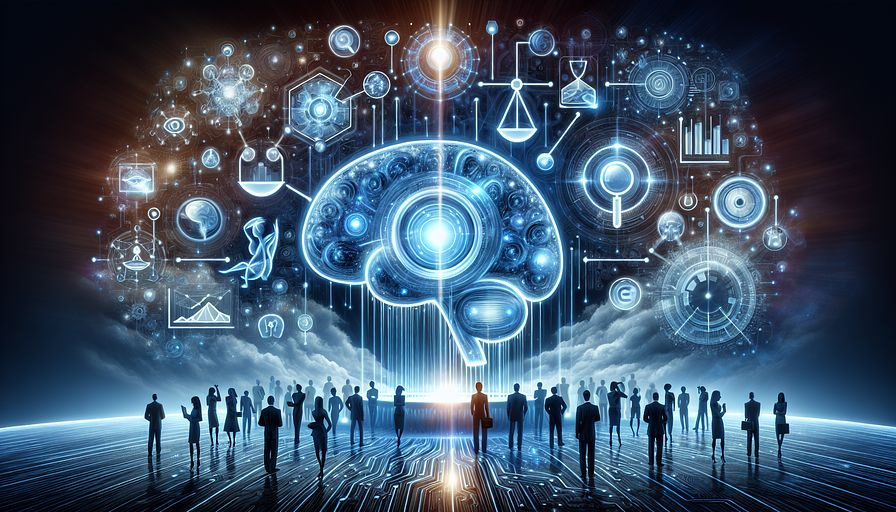Edge Computing & IoT: Powering Instant Insights
Abstract:
Edge Computing and IoT are prominent in today's tech landscape. Edge Computing involves processing data closer to its source, reducing reliance on centralized servers, while IoT connects physical devices to exchange data. The combination of Edge Computing and IoT offers real-time insights crucial for time-sensitive scenarios, led by technology leaders like CTOs and Directors of Engineering. To leverage these technologies, leaders need expertise in distributed computing, data analytics, machine learning, network protocols, and security. Looking ahead, 5G networks will elevate IoT capabilities, but leaders must also address data privacy, security, and interoperability challenges. Staying informed and proactive is essential for successfully implementing Edge Computing and IoT.
Understanding Edge Computing and IoT
Edge computing and IoT are reshaping the landscape of data processing in ways that bring both excitement and a bit of head-scratching. Picture this: edge computing is about processing data right where it's born – like handling tasks directly at the factory floor or on an offshore oil rig. This avoids the hassle (and time lag!) of sending data to a central, faraway cloud and waiting for a response. The edge cuts the commute time for data, providing quicker responses and increased efficiency.
Now, sprinkle in the magic of IoT – the Internet of Things. IoT connects physical devices like sensors, wearables, and home appliances to the internet, enabling them to talk to each other and share data. The refrigerator checking in with your phone asking if you need more milk? Yes, that's IoT making your life simpler. By connecting such devices, IoT creates a vast network of 'smart' objects that can collect, exchange, and act on data without a human in the loop.
When combined, edge computing and IoT become a powerhouse duo. They provide real-time insights and instant responses by processing data locally at the edge of the network. This combo ensures that our gadgets and devices are not just smart, but also quick on the draw. This article will explore how they manage to pull off this tech wizardry and what it means for the future.
Real-time insights and time-sensitive scenarios
Integrating edge computing and IoT is akin to having a personal assistant who not only anticipates your needs but acts on them immediately. In time-sensitive environments, this combo is a game-changer. Picture autonomous vehicles needing to make split-second decisions. Data processed locally at the edge enables these vehicles to recognize obstacles, adjust speed, and navigate safely without waiting for a response from a distant cloud server.
In healthcare, swift data analytics can be a lifesaver, literally. Wearable devices monitor heart rates, oxygen levels, and other vital signs in real time. Any anomalies are detected instantly, allowing for quicker medical responses before an issue escalates.
Industrial automation also thrives on real-time insights. Manufacturing equipment equipped with IoT sensors can monitor operational efficiency, detect malfunctions, and initiate corrective actions immediately. This reduces downtime and enhances productivity.
In short, edge computing and IoT make it possible to handle critical situations with minimal latency. They transform data into actionable insights at lightning speed, proving that sometimes, a closer look at the edge is the smart move.
Roles of technology leaders
The magic of edge computing and IoT doesn't just happen on its own; it's driven by talented leaders like CTOs and directors of engineering who captain the ship. Their role is crucial in harnessing the potential of these technologies to drive business success. Let's break down what makes these tech leaders tick.
Chief technology officers (CTOs)
CTOs have their fingers on the pulse of technological advancements. They don't just understand the nuts and bolts of edge computing and IoT; they breathe it. Here’s what they bring to the table:
- Strategic vision: Recognize and integrate edge computing and IoT solutions to align with business goals.
- Technical expertise: In-depth knowledge of distributed computing, network architecture, and cybersecurity.
- Innovation mindset: Constantly exploring new ways to leverage emerging technologies.
- Leadership: Inspire and lead diverse tech teams, ensuring smooth implementation of tech projects.
Directors of engineering
Directors of engineering are the wizards behind the curtains, making sure the tech strategy penned by CTOs comes to life. Their focus is often on the finer details of implementation. Here’s what they excel at:
- Team management: Lead engineering teams to design and deploy edge computing and IoT solutions.
- Hands-on expertise: Proficient in areas like machine learning, real-time data processing, and software development.
- Problem-solving skills: Address and resolve technical challenges quickly and efficiently.
- Quality assurance: Ensure that products and systems perform reliably and securely.
Whether it's from a high-level strategic perspective or a detailed engineering viewpoint, technology leaders are the backbone of driving innovation. They not only understand the 'what' and 'why' but also the 'how' of deploying cutting-edge tech like edge computing and IoT.
Core technical competencies
Technical leaders venturing into the world of edge computing and IoT must possess a robust skill set. It's no mere walk in the park; it’s more like mastering an intricate dance between several technical disciplines. Here’s a closer look at the core competencies that make a tech leader successful in this domain.
Distributed computing and data analytics
The backbone of edge computing lies in distributed computing. Leaders need to understand how to distribute workload across multiple devices and systems to ensure efficiency and speed. Data analytics plays a critical role in deriving actionable insights from the data collected by IoT devices. Simply put, turning raw data into useful information is a superpower in itself.
Machine learning
Machine learning is the secret ingredient that makes smart devices, well, smart. Leaders proficient in machine learning can develop systems that continuously learn from data, improving efficiency and decision-making without human intervention. This is particularly valuable in predictive maintenance and automated decision-making scenarios.
Network protocols
To keep the communication lines buzzing, an in-depth understanding of network protocols is essential. From Wi-Fi and Bluetooth to Zigbee and LoRaWAN, knowledge of these protocols ensures that IoT devices can reliably and securely share data. Imagine running a traffic light system on outdated dial-up – it's not happening!
Robust security measures
Security can't be an afterthought. With an ever-growing number of connected devices, each potentially a point of vulnerability, leaders must prioritize robust security measures. This includes encryption, authentication protocols, and regular security audits to safeguard against breaches and attacks. Think of it as building a moat around your tech kingdom.
In summary, mastering these competencies not only enhances the efficiency and reliability of edge computing and IoT systems but also transforms visionary ideas into tangible, impactful solutions. Leaders equipped with these skills are not just guiding their teams – they’re paving the way for a smarter, more connected future.
Future impacts of 5G on IoT
The rollout of 5G networks promises to supercharge IoT capabilities in ways that are nothing short of transformative. Think of it as giving your internet connection a rocket booster. With 5G, we'll see vastly improved connectivity and exponentially faster data processing speeds, which bodes well for the instantaneous nature of IoT.
Improved connectivity means more devices can simultaneously connect without battling over bandwidth. This is perfect for smart cities, where sensors need to communicate continuously and reliably. Imagine traffic lights, parking meters, and street lights coordinating seamlessly without dropped signals – it's like a perfectly synced orchestra.
Increased data processing speeds are akin to upgrading from a horse-drawn carriage to a high-speed train. Less lag time ensures that data collected by IoT devices is processed and acted upon in milliseconds. Real-time insights will become even more real-time, facilitating instant decision-making in critical scenarios like autonomous vehicles and emergency services.
The advanced applications supported by 5G will be groundbreaking. We can expect enhanced AR and VR experiences, smart healthcare applications providing remote diagnostics, and more sophisticated industrial automation. The breadth of innovation made possible by 5G enables IoT to reach its full potential, pushing the boundaries of what's possible today.
With 5G in the picture, the future of IoT looks faster, smarter, and more interconnected. It's like going from dial-up to fiber optics – except this time, your fridge might actually order milk for you before you even realize you're out.
Challenges in implementation
Before we can achieve the full potential of edge computing and IoT, there are several challenges that tech leaders must address. It's like trying to assemble a complex puzzle where each piece has its own quirks. Here are some of the key hurdles:
Data privacy
With countless devices collecting and sharing data, safeguarding user privacy is a monumental task. Ensuring that personal and sensitive information is not misused or exposed is paramount. Think of it as being on a never-ending mission to keep nosy neighbors out of your personal business.
Security
More devices mean more entry points for cyber-attacks. Implementing robust security measures is non-negotiable. This includes encryption, secure communication protocols, and regular updates to fend off potential breaches. Imagine donning a superhero cape to defend your tech empire from villainous hackers.
Interoperability
Getting different devices and systems to play nicely with each other can be a significant challenge. It's like trying to make a cat, a dog, and a parrot share a living room peacefully. Developing standardized protocols and ensuring compatibility is crucial for a seamless IoT experience.
By addressing these challenges head-on, tech leaders can pave the path toward a smarter, more connected future. It’s about ironing out the wrinkles to ensure that edge computing and IoT work harmoniously to deliver instant insights and improved efficiency.
Staying informed and proactive
Staying ahead in tech is like trying to ride a wave—if you stop paddling, you’ll wipe out. Technology leaders must stay informed and proactive to successfully integrate edge computing and IoT. Keeping up with the latest trends and research is crucial, almost like keeping up with the Kardashians but way more useful. Regularly review industry journals, attend tech conferences, and engage in continuous learning. Embrace a culture of innovation within your team by encouraging experimentation and adaptation. Remember, in the race for data-driven success, knowledge isn’t just power; it’s the fastest surfboard in the ocean.
Wrapping up the insights
Edge computing and IoT have truly shown their mettle in transforming data processing and delivering real-time insights. By processing data closer to where it is generated, these technologies cut down latency and make instant responses possible. From healthcare to autonomous vehicles, the potential applications are endless.
Tech leaders, like CTOs and directors of engineering, are the heart and soul behind successfully harnessing these technologies. They turn innovation into reality, ensuring effective implementation and overcoming obstacles.
The future looks even brighter with 5G on the horizon. Faster connectivity and data processing will further elevate IoT's capabilities, offering smarter solutions. However, let's not forget the challenges—privacy, security, and interoperability need as much attention as the innovations.
As we move forward, edge computing and IoT hold the keys to a smarter, faster, and more interconnected world. Let's stay informed, proactive, and ready to embrace the future. Besides, who knows, your fridge might just save you a trip to the grocery store one day.
You might be interested by these articles:
- Edge Computing in Industry 4.0
- Revolutionizing Analytics with Edge Computing
- Edge computing redefining data privacy standards
- Boosting MVP Success with Edge Computing





